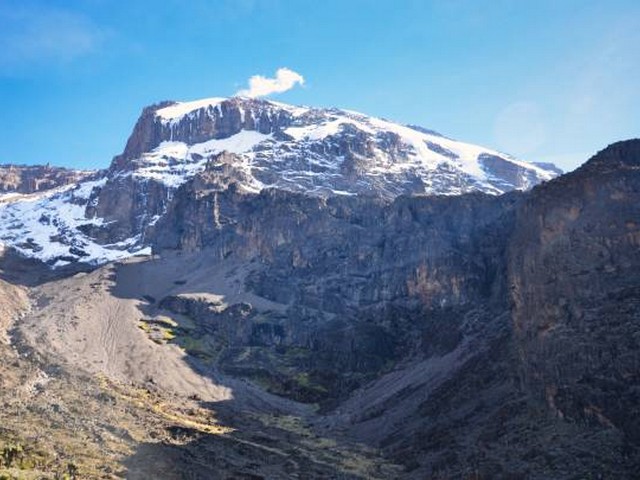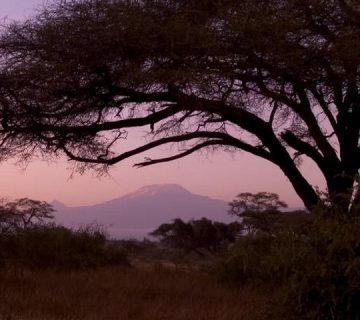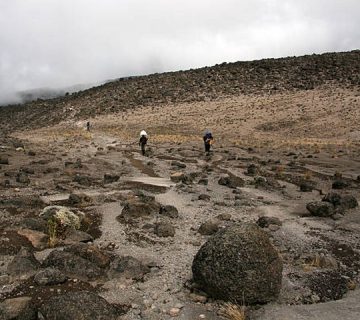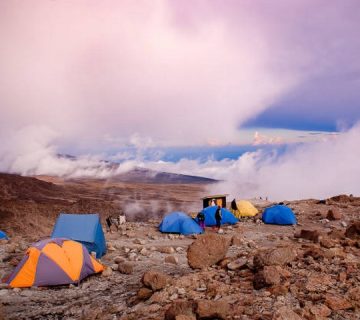First Aid Tips For Kilimanjaro Climbers – Safeguarding Your Journey to the Roof of Africa
Introduction: Why First Aid Knowledge is Crucial for Every Kilimanjaro Climber
Embarking on a trek to Mount Kilimanjaro is not just an adventure; it's a journey that challenges your physical and mental limits. At Kilimanjaro Centre For Trekking and Ecotourism (KCTE), we believe that being prepared is key to not only enjoying but successfully conquering this majestic mountain. Among the most critical preparations is understanding and equipping yourself with essential first aid knowledge. Whether you're a seasoned hiker or a first-time climber, knowing how to handle unexpected medical issues can make a significant difference in the safety and success of your expedition. In this blog post, we'll guide you through vital first aid tips for Kilimanjaro climbers, ensuring you're well-prepared for your trek to the summit.
H2: Understanding Altitude Sickness and Its Prevention
Recognizing the Symptoms:
Altitude sickness is a common concern for climbers scaling high peaks like Kilimanjaro. Symptoms can range from mild headaches and dizziness to more severe cases of acute mountain sickness (AMS). Knowing how to recognize these symptoms early is essential.
Prevention Tips:
- Acclimatization: Spend a few days at a high altitude before your climb to help your body adjust.
- Hydration: Drink plenty of water to help mitigate altitude sickness.
- Pace Yourself: Maintain a slow and steady pace to avoid overexertion.
H2: Managing Minor Injuries on the Mountain
Common Minor Injuries:
- Blisters: Often caused by walking long distances in hiking boots.
- Cuts and Scrapes: Can occur from falls or brushing against rough surfaces.
First Aid Management:
- Blisters: Use blister pads or moleskin to protect the area from further friction.
- Cuts and Scrapes: Clean the wound with clean water and apply antiseptic cream before bandaging.
H2: Handling Severe Medical Emergencies
Identifying Serious Conditions:
- Hypothermia: Caused by prolonged exposure to cold temperatures.
- Heat Exhaustion: Can happen during the warmer parts of the climb.
Emergency Responses:
- Hypothermia: Keep the affected person warm and dry; use emergency thermal blankets if available.
- Heat Exhaustion: Move the individual to a shaded area, encourage them to drink water, and cool them down with wet cloths.
H2: Essential First Aid Kit for Kilimanjaro
Must-Have Items:
- Bandages and Gauze: For dressing wounds.
- Antiseptic Cream and Wipes: To clean and disinfect injuries.
- Pain Relief Medication: Such as ibuprofen or acetaminophen.
- Thermal Blanket: For managing hypothermia or shock.
Special Considerations:
- Altitude Sickness Medication: Medications like Acetazolamide can be considered after consulting with a healthcare professional.
- Personal Medications: Include any prescribed medications specific to your personal health needs.
H2: When to Seek Professional Medical Help
Recognizing the Need for Help:
- Persistent symptoms of altitude sickness.
- Any signs of severe injury or illness that cannot be managed with basic first aid.
KCTE's Commitment:
At KCTE, your safety is our top priority. Our guides are trained in first aid and emergency response, ready to assist you and ensure professional medical help is sought when necessary.
Summary and Call-to-Action
Conquering Kilimanjaro is an exhilarating experience that leaves you with lifelong memories. At Kilimanjaro Centre For Trekking and Ecotourism, we are committed to making your climb safe and enjoyable. Equipping yourself with basic first aid knowledge is crucial, and we hope this guide serves as a valuable resource for your preparation. Ready to take on the challenge of Kilimanjaro with the best support by your side? Book your climbing adventure with us today and step confidently towards the roof of Africa.
FAQs: First Aid Tips for Kilimanjaro Climbers
Q1: What is the most common medical issue on Kilimanjaro?
A1: Altitude sickness is the most frequently encountered issue, affecting climbers who ascend too quickly without adequate acclimatization.
Q2: How can I prevent blisters during my climb?
A2: Ensure your hiking boots are well-fitted and broken in. Use moisture-wicking socks and consider applying blister prevention tape on known hot spots.
Q3: Is it necessary to bring my own first aid kit on Kilimanjaro?
A3: Yes, it is advisable to carry a personal first aid kit, although our KCTE guides will also have comprehensive kits for emergencies.
Q4: Can altitude sickness be prevented with medication?
A4: Medications like Acetazolamide can help prevent altitude sickness but should be used under medical advice.
Q5: What should I do if I or someone else shows signs of severe altitude sickness?
A5: Descend to a lower altitude immediately and seek professional medical assistance. Remember, rapid descent is the most effective treatment for severe altitude sickness.
Embark on your Kilimanjaro adventure with confidence and the right preparation. Join us at Kilimanjaro Centre For Trekking and Ecotourism, where your dream climb becomes a reality with the highest standards of safety and expertise. See you at the summit!




